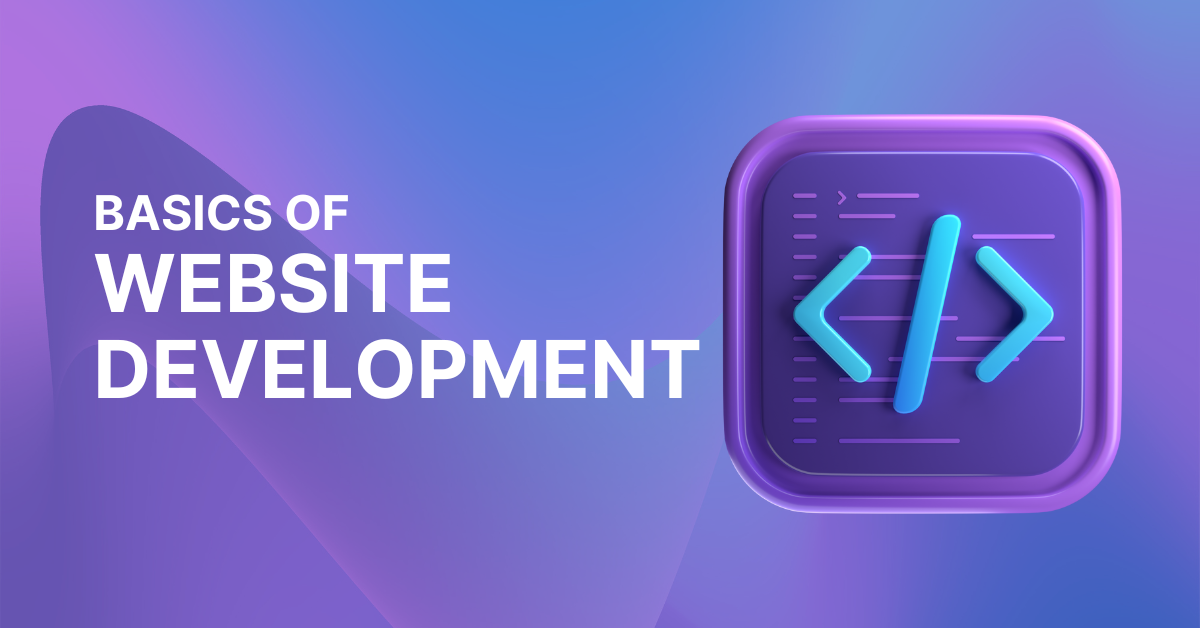Getting Started with Web Development

As a student diving into the world of web development, I've encountered numerous challenges and exciting discoveries along the way. In this post, I want to share some insights that would have been invaluable to me when I first started, hoping they might help other beginners on their journey.
Setting Up Your Development Environment
The first step in any web development journey is setting up a proper development environment. This might seem intimidating at first, but it doesn't have to be complicated. Here's what I recommend:
1. Choose a Good Code Editor
A code editor is where you'll spend most of your time. After trying several options, I settled on Visual Studio Code (VS Code) for its balance of features, extensions, and performance. Other popular options include Sublime Text, Atom, and WebStorm.
Key features to look for in a code editor:
- Syntax highlighting
- Auto-completion
- Integrated terminal
- Extensions or plugins ecosystem
- Git integration
2. Browser Developer Tools
Modern browsers come with powerful developer tools that allow you to inspect and debug your web pages. I primarily use Chrome DevTools, but Firefox's Developer Tools are excellent as well. Learning to use these effectively will save you countless hours of debugging.
3. Version Control with Git
Version control might seem unnecessary when you're just starting, but adopting Git early will pay dividends later. It allows you to track changes, revert to previous versions if something goes wrong, and collaborate with others. GitHub is the most popular platform for hosting Git repositories and offers free accounts for public repositories.
Learning the Fundamentals
Web development is built on three core technologies:
HTML: The Structure
HTML (HyperText Markup Language) forms the backbone of any web page. It's the content and structure. Focus on writing semantic HTML—using the right elements for the right purpose (like <article>, <section>, <nav>)—rather than just divs everywhere.
CSS: The Style
CSS (Cascading Style Sheets) controls how your HTML elements appear on the page. The concept of the "cascade" and specificity can be confusing at first, but they're crucial to master. I recommend learning flexbox and grid layouts early, as they make creating responsive designs much easier.
JavaScript: The Behavior
JavaScript adds interactivity to your websites. Start with the basics: variables, functions, conditionals, loops, and DOM manipulation. Once you're comfortable with these, you can explore modern JavaScript features (ES6+) and eventually frameworks like React, Vue, or Angular.
Building Your First Project
Theory is important, but nothing solidifies learning like building actual projects. Start small—perhaps a personal portfolio site like this one. Here's an approach that worked for me:
- Plan what you want to build
- Sketch a rough design
- Build the HTML structure
- Style it with CSS
- Add interactivity with JavaScript
- Test across different browsers and devices
- Deploy your site
I built my first portfolio using just HTML, CSS, and a touch of JavaScript. It wasn't perfect, but it was mine, and I learned so much in the process.
Resources That Helped Me
There are countless resources available for learning web development, but here are some that I found particularly helpful:
- MDN Web Docs: The most comprehensive and accurate documentation for web technologies
- freeCodeCamp: A free, interactive learning platform with challenges and projects
- CSS-Tricks: Excellent articles and guides for CSS techniques
- Frontend Mentor: Real-world projects to build your skills
- YouTube channels like Traversy Media, Kevin Powell, and Web Dev Simplified
The Importance of Dark Mode
As you might have noticed, this website features a dark theme. I'm a big advocate for dark mode for several reasons:
- Reduced eye strain, especially in low-light environments
- Potentially lower battery consumption on OLED screens
- It looks sleek and modern
- It can make colors and content pop when used correctly
Implementing a dark theme was one of my early learning projects, and I found it fascinating how simple CSS variables can make theme-switching relatively straightforward.
Next Steps
If you're just starting with web development, don't be discouraged by the vast amount of technologies and tools out there. Focus on the fundamentals, build projects, and learn incrementally.
In future posts, I'll dive deeper into specific topics like responsive design techniques, CSS animations, and how to structure larger projects. If you have any questions or topics you'd like me to cover, feel free to reach out!